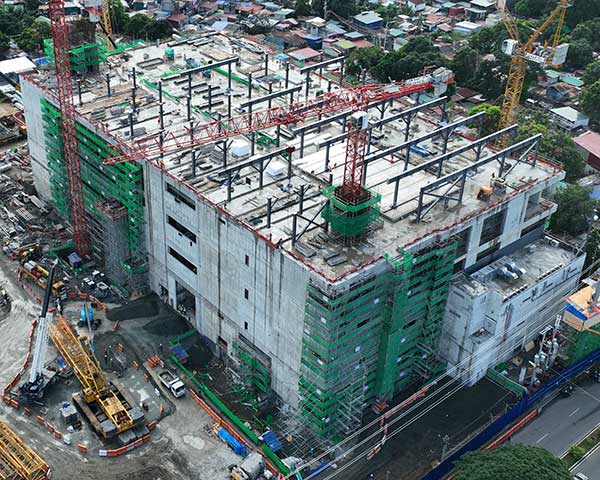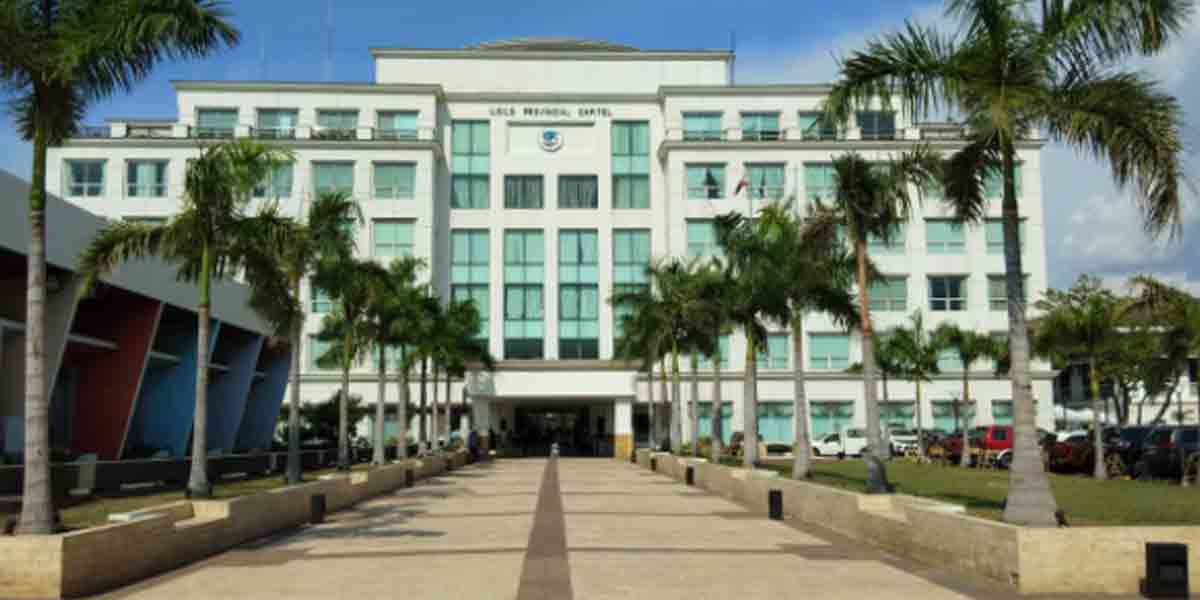
ST Telemedia Global Data Centres (STT GDC) Philippines has marked a major milestone with the structural completion of its first building in the STT Fairview campus, poised to become the country’s largest carrier-neutral and sustainable data center.
The topping-off ceremony for STT Fairview 1 paves the way for its first-phase operations by the second quarter of 2025.
“This achievement underscores our unwavering commitment to our promise and highlights our dedication to our valued customers, partners, and stakeholders,” said Carlo Malana, president and CEO of STT GDC Philippines.
“With STT Fairview 1 nearing completion, we are eager to provide our customers with world-class, AI-ready data center solutions that set a new standard in connectivity and innovation,” Malana added.
The data center campus, located in Fairview, Quezon City, boasts a total design capacity of 124 megawatts (MW) to meet the growing demands of hyperscalers and AI companies requiring advanced, high-power, and reliable infrastructure.
When fully operational, STT Fairview 1 will be one of seven STT GDC Philippines data centers spread across Metro Manila, Cavite, and Davao, collectively offering over 150 MW of design IT capacity.
All facilities operate using 100 percent renewable energy, underscoring the company’s sustainability commitments.
The Philippines’ increasing digital consumption, cloud adoption, and demand for AI technologies are driving rapid growth in the data center sector.
STT GDC Philippines is positioning its facilities to support high-performance computing, machine learning, and other AI applications critical to businesses undergoing digital transformation.
The STT Fairview campus will play a vital role in enabling these advancements, enhancing the company’s reputation as a trusted provider of secure and sustainable data center solutions.
STT GDC Philippines operates as a joint venture of the Globe Group, Ayala Corporation, and Singapore-based ST Telemedia Global Data Centres.
With this partnership, the company is building its footprint as a key enabler of the digital economy in the region.




















